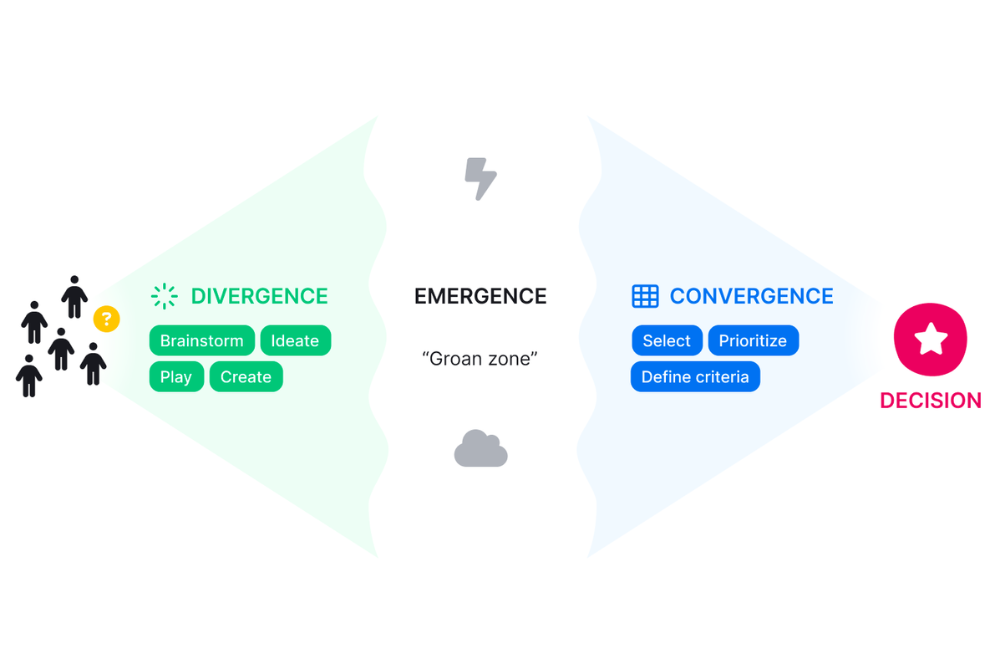Kanban Pizza Game
This Pizza Game is a great way for new or established teams to understand the principles of Lean & Agile by diving into Kanban in a quick and fun way that is hard to communicate through words alone. It teaches you how to get from an existing process to a Kanban system, how to visualize the system, and start modifying it.
The Pizza Game enables the teams to have a hands-on experience feeling the pains, gains, frustrations, and fun throughout the process - and to reflect on improvements that the participants can share back in their workplace. Bonus: you get to make (paper or digital) Pizza!



